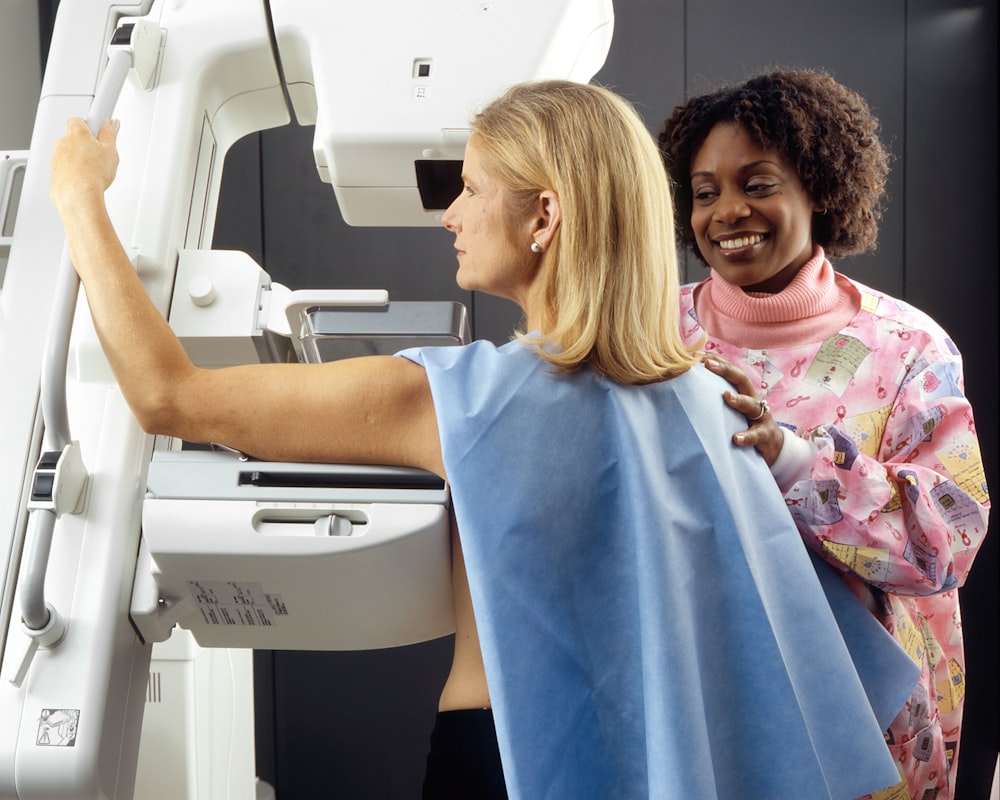
Medical laser treatments have been one of the most common methods for skin resurfacing and rejuvenation. With advancements in technology, skincare enthusiasts can choose to address numerous types of skin conditions with little to zero downtime.
Though skin treatments today can be applied in many ways ranging from topical to even surgical, medical laser treatments remain a popular choice among many people. Laser is short for “light amplification by stimulated emission of radiation”.
The applications for this multifaceted technology span even outside of dermatology. Laser technology can also be used in other branches of medicine such as radiology and Opthalmology. It can also be used in many industries such as manufacturing and engineering.
In this article, however, we’re going to discuss how medical laser treatments have drastically expanded their applications in the field of dermatology. We’re also going to briefly talk about how some treatments work and what types of conditions they typically address.
Modern Applications of Medical Lasers
Though medical laser technology has been around for many decades, it seems unlikely that it would ever face obsolescence. Laser treatments have only developed and improved as we progressed further into the future.
Different kinds of medical laser treatments can now address even the most minuscule skin issues. This is why many people choose to undergo laser treatments for the sole purpose of aesthetic and beautification. Here are some examples of common medical laser treatments available today.
Pigment Lasers
- These types of medical laser treatments address skin issues such as age spots, and problematic tattoos. The two main types of lasers used for these kinds of procedures are picosecond and Q-switched.
- Q-switched lasers are known to generate energy onto the skin within a nanosecond. This means it can diminish pigment irregularities within one shot without cooling the dermis for more heat.
- Q-switched medical laser treatment may typically feel like a rubber band snapping onto the skin. They are also effective for removing tattoos of all colors though usually, a numbing cream may be necessary.
Nonablative Lasers
- Typically used for skin resurfacing and rejuvenation, nonablative medical lasers are a common choice for modern skincare enthusiasts. It does this by removing the damaged layer of skin on the surface and bringing out the healthy layer underneath.
- Nonablative lasers do this by stimulating the production of collagen underneath the dermis. Collagen is essentially what holds our skin together which is why this type of medical laser treatment can also address the signs of aging. It usually requires minimal to zero downtime and results in brighter, younger-looking skin.
Vascular Lasers
- These types of lasers deal with skin issues like rosacea, port-wine stains, spider veins, and new forms of stretch marks. Two main types of vascular lasers are called pulsed dye and KTP which both heat and destroy abnormal formations of blood vessels.
- It works by targetting a protein in blood vessels called hemoglobin to remove any discolorations seen on the surface of the skin. This type of medical laser treatment is also a popular choice among skincare enthusiasts as it evens out the skin tone giving the skin a clearer appearance.






















